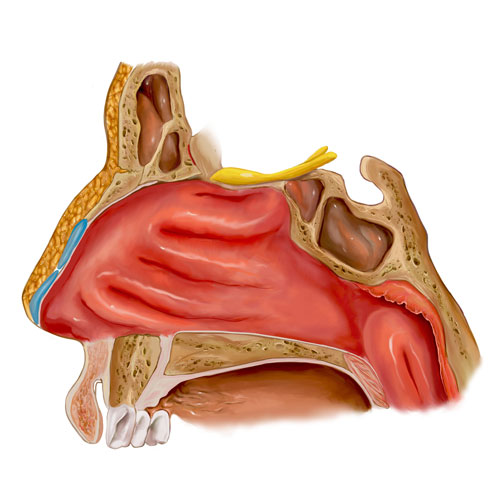Turbinates are structures attached to the walls of the internal nasal cavities. They are made of a thin layer of bone covered by a spongy mucous membrane. They warm and humidify the air we breathe, as well as filter out airborne irritants such as dust and other allergens. There are three sets of turbinates in each side of the nose – the inferior, middle, and superior.
The inferior turbinates can enlarge when blood flow increases to the mucous membrane lining, causing swelling and congestion. This can occur during an allergy flare-up or in response to irritants. When the middle turbinates become enlarged, they develop an air-filled pocket within the bone called a “concha bullosa.” Sometimes, when this air-filled pocket is present, it can lead to blockage of the natural sinus drainage pathways, causing recurrent or chronic sinus infections.

Enlarged turbinates can cause troublesome symptoms such as:
- Nasal congestion
- Nasal drainage
- Blocked nasal airflow (that can be worse when laying down or can alternate from side to side)
- Facial pressure/pain
- Headaches
- Recurrent or chronic sinus infections
In order to make a diagnosis of turbinate hypertrophy, your ENT physician will take your medical history and perform a physical exam. This may involve use of a nasal speculum—a device that is used to gently and painlessly widen the nostril so the physician can have a clearer view of the nasal cavity. Sometimes, a nasal endoscopy will be performed to visualize the internal nasal cavity in its entirety, depending on the nature of your symptoms.
Turbinate hypertrophy is usually treated initially with easy to use, oral and topical nasal medications to reduce swelling and inflammation. Allergy testing may also be recommended. If the medication does not adequately relieve your symptoms, surgical correction of your turbinate hypertrophy may be recommended. The procedure is called a turbinate reduction and is typically performed under general anesthesia on an outpatient basis. This procedure may also be performed in the office by using local anesthesia.
To schedule an appointment, or for more information on turbinate hypertrophy, please contact us.
